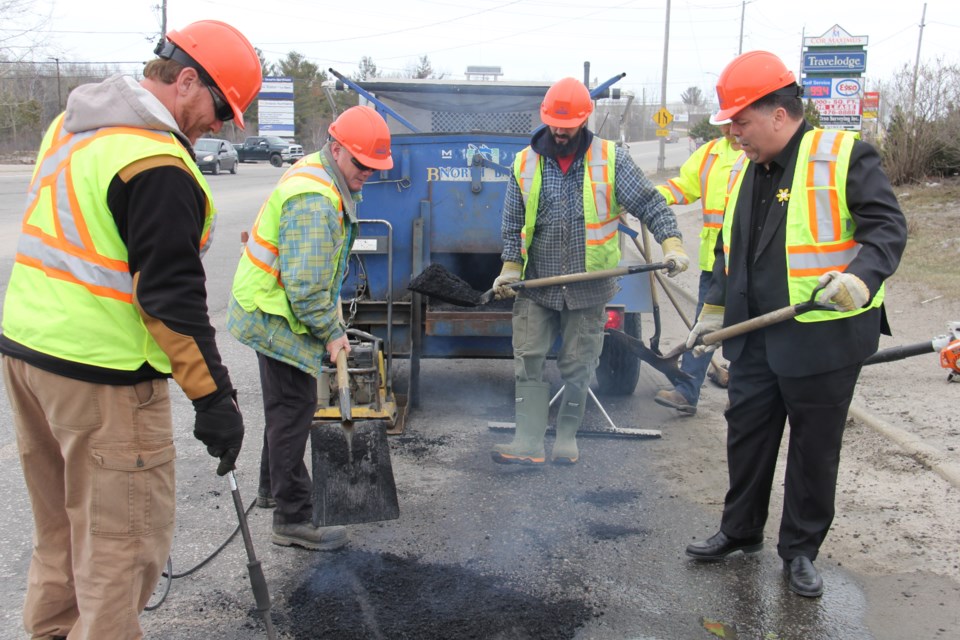It's all hands on deck for city crews filling in potholes, said the City of Greater Sudbury's Road Operations engineer.
Tony De Silva said city crews are working around the clock to fill potholes littering Sudbury's streets.
Between Jan. 1 and Feb. 22 this year, there were 543 requests stemming from calls from the public where city staff was asked to check out potholes on area roads.
That's almost double the number of requests made during the same timeframe in 2017, when 285 requests were made for city staff to check potholes on area roads.
“When residents call in, we go investigate and fill it accordingly,” De Silva said.
Crews don't tackle just problem potholes, though. When they are dispatched, crews work to fill all potholes on the road. And, with spring approaching, and numerous freeze-thaw cycles happening, more and more potholes are making themselves known across Greater Sudbury.
The road network is divided into two types: one is snow-packed roads and the other is bare pavement roads, De Silva said. Class 1-3 roads, like Paris, Lasalle, The Kingsway and Regent are salted, so theoretically, there isn't supposed to be any snow on them. As a result, they are more susceptible to weather conditions and pothole more frequently than roads that are snowpacked and insulated.
It's those roads on which crews are fixing potholes more often.
The life of the pothole patch is dependent on several factors, De Silva said. Ideal pothole fixing conditions call for warm, dry weather, as well as good material and good installation of that material. If you're missing one of those elements, or more, you aren't going to get an effective pothole patch.
“Right now, it's particularly challenging, because the weather is always changing,” he said. “It's warm during the day, cold at night, and any kind of precipitation makes for a perfect storm for creating potholes.”
Once asphalt plants open in May, better material will be available for filling potholes, De Silva said.
“By that time, the weather is better, it's drier and it makes for more ideal conditions for filling potholes more efficiently,” he said.
